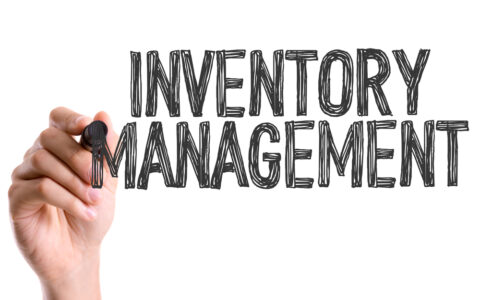
There is no point in having a perfect pricing strategy, developing the ideal product, having the most effective promotional campaign if, at the time of purchase, the consumer cannot find your product fully available on the shelf. Remember: the success of your sale depends a lot on your supply strategy efficiency.
In this scenario, it is critical that the path taken from the factory to the hands of the shopper is fail-proof – which we know is extremely difficult in supply logistics. Therefore, accepting responsibilities and tackling problems in a collaborative manner is essential.
That is why the manufacturer’s relationship with retailers must be close, after all, it is in the supply of the Distribution Center (DC) that the potential roots of several on-shelf availability issues that can impact your products are located.
Have you thought about this? Here are the 4 signs that your supply strategy must change:
1. Out-of-stocks are common
Systemic out-of-stock is a silent danger that strongly impacts store assortment and results in false perceptions for the manufacturer and retailer.
Once the average sales of a product are impacted by constant out-of-stock, there is a great risk of starting a deadly cycle that can even turn a product into something apparently unsold at a specific point of sale.
Escape this systemic out-of-stock quicksand immediately.
2. Forgotten supply policies
When was the last time your supply processes were revised?
We ask this because one of the great ways to avoid deadly out-of-stock and unavailability cycles is to revise supply policies. A simple adjustment of parameters can be the great differentiator for restoring the entire supply strategy.
When it comes to supplies, constantly reevaluate two crucial terms: when and how much.
3. Frequent Manufacturer – DC – Store communication and alignment problems
The retailer must share with the supplier the complete supply routine, whether from the store or the Distribution Center, and the manufacturer must understand the importance of meeting these deadlines. Out-of-stock events on the shelf occur, many times, due to the manufacturer not understanding the consequences of, for example, not meeting the delivery date and time.
The manufacturer meets the retailer’s demand and supplies via the DC, but are there product shortages on the shelf in this interval until the supply process is completed, not respecting a minimum period stipulated between the parties? So, this is a problem of alignment between retail sectors that must be considered.
Another example is when the manufacturer performs a promotional action without notifying the retailer or the latter creates a promotion without contacting the manufacturer. Misaligned promotions are high risk factors, as they lead to the chaotic scenario of fulminating shortages. If there is no joint planning by the manufacturer and retailer, the risks are high.
4. Often empty DCs
Out-of-stock problems in the DC are quite serious because they impact the entire production chain. The supply routine of the product manufacturer at the retailers must be efficient to avoid that DCs are frequently empty.
Through closer contact with these processes, it is possible to detect valuable opportunities with the DC that can be converted into improvements at all stages.
Knowing that the problem is occurring is the first step to be able to solve it. When detecting supply problems, there must be a joint effort between manufacturer and retailer to act on the causes and remedy them. More than looking for “culprits”, it is important to understand that the supply chain is more efficient when all players work together.




